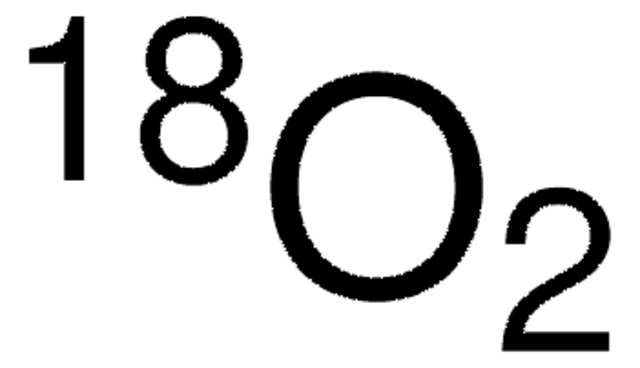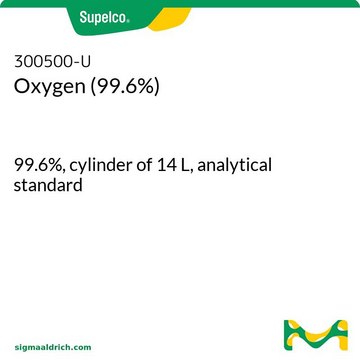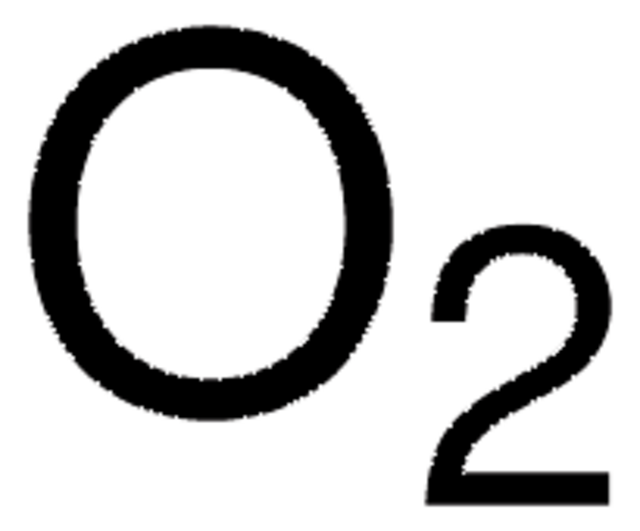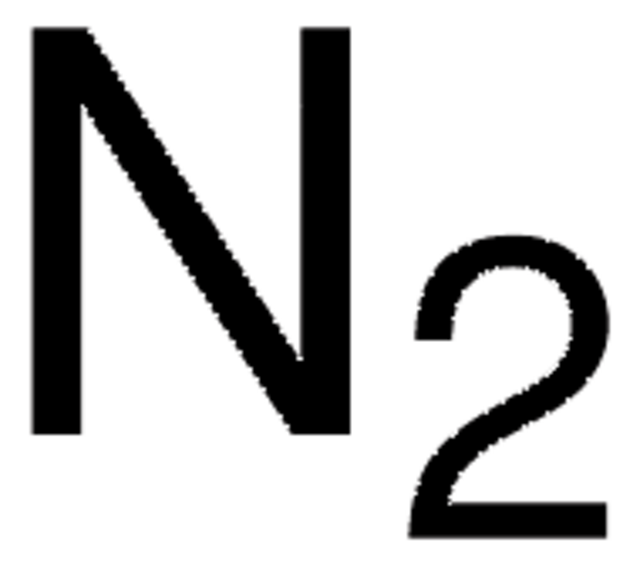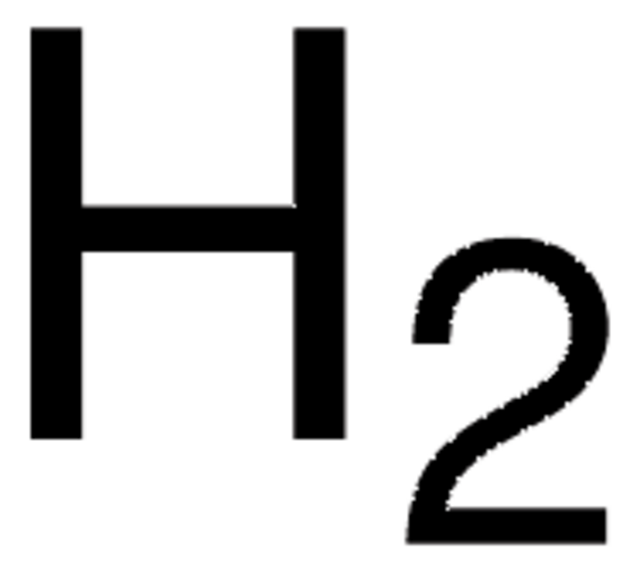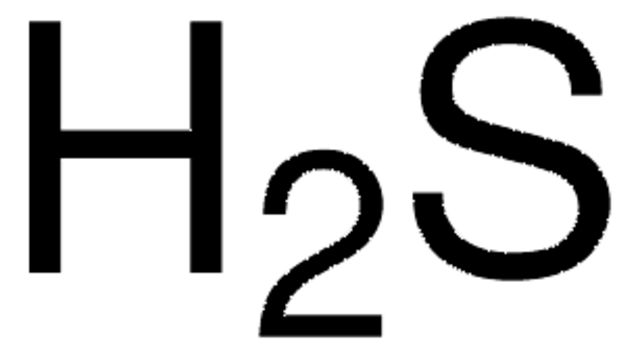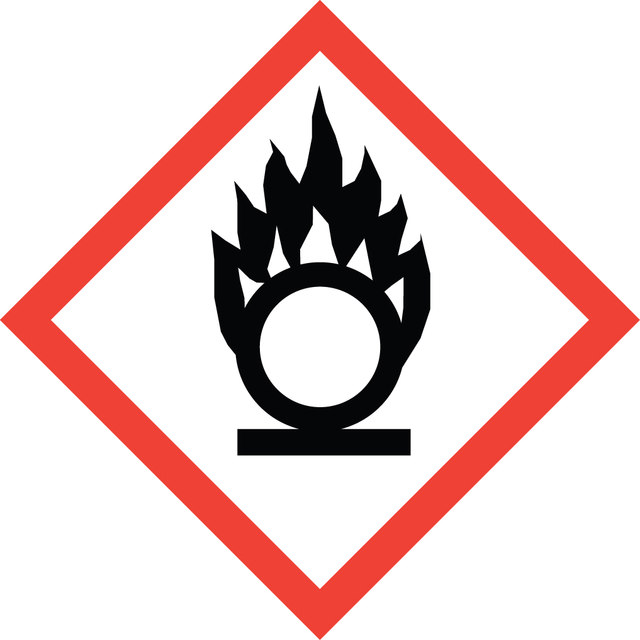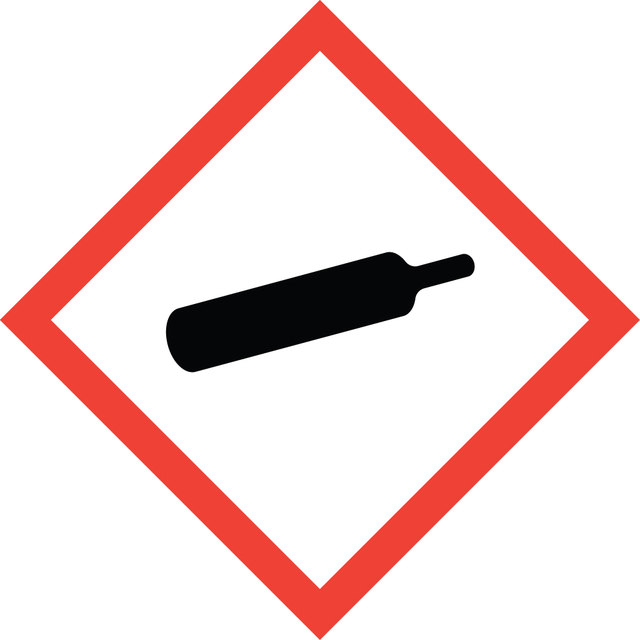All Photos(1)
About This Item
Linear Formula:
O2
CAS Number:
Molecular Weight:
32.00
EC Number:
MDL number:
UNSPSC Code:
12142100
PubChem Substance ID:
Recommended Products
vapor density
1.11 (vs air)
Quality Level
Assay
≥99.6%
impurities
≤10 ppm water
bp
−183 °C (lit.)
mp
−218 °C (lit.)
SMILES string
O=O
InChI
1S/O2/c1-2
InChI key
MYMOFIZGZYHOMD-UHFFFAOYSA-N
Looking for similar products? Visit Product Comparison Guide
Packaging
Supplied in a carbon steel lecture bottle with a CGA180M/CGA110F needle valve installed.
Compatible with the following:
Compatible with the following:
- Aldrich® lecture-bottle station systems
- Aldrich® lecture-bottle gas regulators
Other Notes
See Technical Information Bulletin AL-151 Gas Regulators: Selection, Installation, and Operation
Legal Information
Aldrich is a registered trademark of Sigma-Aldrich Co. LLC
also commonly purchased with this product
Product No.
Description
Pricing
control valve
hose barb
Product No.
Description
Pricing
purge valve
Product No.
Description
Pricing
recommended
Product No.
Description
Pricing
Signal Word
Danger
Hazard Statements
Precautionary Statements
Hazard Classifications
Ox. Gas 1 - Press. Gas Compr. Gas
Storage Class Code
2A - Gases
WGK
nwg
Flash Point(F)
Not applicable
Flash Point(C)
Not applicable
Personal Protective Equipment
dust mask type N95 (US), Eyeshields, Gloves
Regulatory Information
新产品
Choose from one of the most recent versions:
Already Own This Product?
Find documentation for the products that you have recently purchased in the Document Library.
Suzanne Schuh et al.
JAMA, 312(7), 712-718 (2014-08-21)
Routine use of pulse oximetry has been associated with changes in bronchiolitis management and may have lowered the hospitalization threshold for patients with bronchiolitis. To examine if infants with bronchiolitis whose displayed oximetry measurements have been artificially elevated 3 percentage
B Frey et al.
Archives of disease in childhood. Fetal and neonatal edition, 88(2), F84-F88 (2003-02-25)
The main methods of oxygen administration to infants are reviewed. Some methods are more economical and therefore more useful in developing countries. All the methods have potential complications and therefore need to be carefully supervised.
Bart D Peters et al.
The Journal of neuroscience : the official journal of the Society for Neuroscience, 34(18), 6367-6376 (2014-05-03)
The genetic and molecular pathways driving human brain white matter (WM) development are only beginning to be discovered. Long chain polyunsaturated fatty acids (LC-PUFAs) have been implicated in myelination in animal models and humans. The biosynthesis of LC-PUFAs is regulated
Physiological approach to assessment of acid-base disturbances.
Kenrick Berend et al.
The New England journal of medicine, 371(15), 1434-1445 (2014-10-09)
Peter G Davis et al.
Lancet (London, England), 364(9442), 1329-1333 (2004-10-12)
International consensus statements for resuscitation of newborn infants recommend provision of 100% oxygen with positive pressure if assisted ventilation is required. However, 100% oxygen exacerbates reperfusion injury in animals and reduces cerebral perfusion in newborn babies. We aimed to establish
Our team of scientists has experience in all areas of research including Life Science, Material Science, Chemical Synthesis, Chromatography, Analytical and many others.
Contact Technical Service